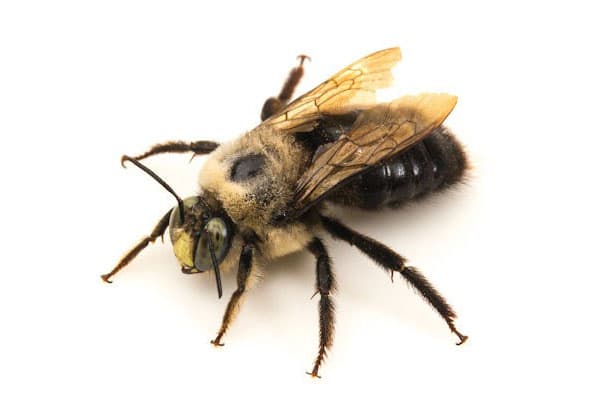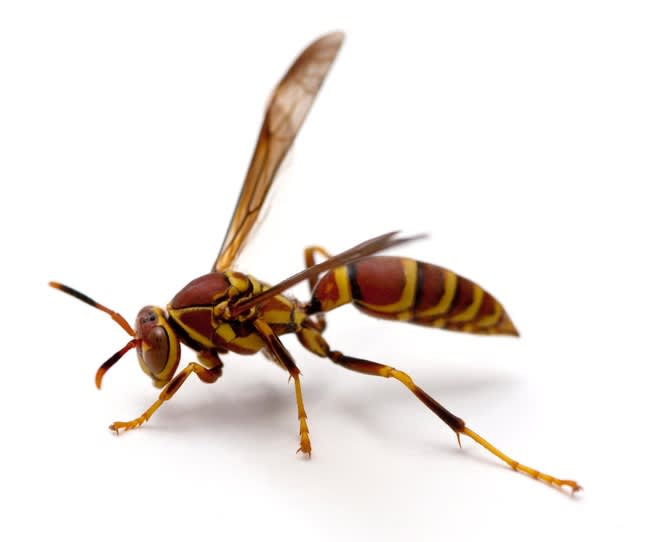Maybe you are interested in other insects pages
Bee Removal FAQ
1. Do you provide bee removal services throughout the city of Dallas
Yes, Dallas has the main branch office of Bee Removal Specialist company in Texas. And we do cover all the area.
2. What is your current coverage in Dallas, Texas?
The bee removal is done in all Dallas, TX and nearby cities. We have a coverage of 20 miles around Dallas, Texas.
3. Do you have experience removing bees from a wall?
Removing honeybees from a wall requires carpentry experience. A novice beekeeper can cause more damage than good if they are not experts in carpentry.
4. What is the process of removing bees from a wall?
An experienced beekeeper will identify the location of the bees with an infrared camera, use a smoker to calm the bees, use a bee vacuum and other professional tools to remove the honeybees safely, extract the hive, clean the affected area, apply pesticide to deter honeybees from returning to the empty hive, fill the open area with insulation and replace the wall with the original material whenever is possible.
5. Do you have pictures of honeybee removals from walls?
Trustworthy honeybee removal companies will have plenty of pictures. Choose a company that has more than just a few examples.
6. How long have you been a beekeeper?
Because there are many species of bees, a beekeeper must have extensive knowledge of the different techniques to remove the bees safely and effectively.
7. How long have you been in business?
Our company has 20 years in business. As a recommendation, make sure the company you´re hiring does have a valid business license, and have many years of experience in the bee removal field.
Signs a Bee Colony Is Forming in Your Home

Early signs of a bee colony in your home — learn how to detect and prevent infestations.
Read Post
October 13, 2025
Is It Worth the Risk? The Dangers of DIY Bee Removal

DIY bee removal risks health, property, and bees. Learn why expert help is safer and more cost-effective.
Read Post
September 29, 2025
The Buzz About Beekeeping in Texas: A Guide for Enthusiasts & Homeowners

As this summer continues, we have to be careful with not only ourselves but also with bees from the devastating heat.
Read Post
March 26, 2025






